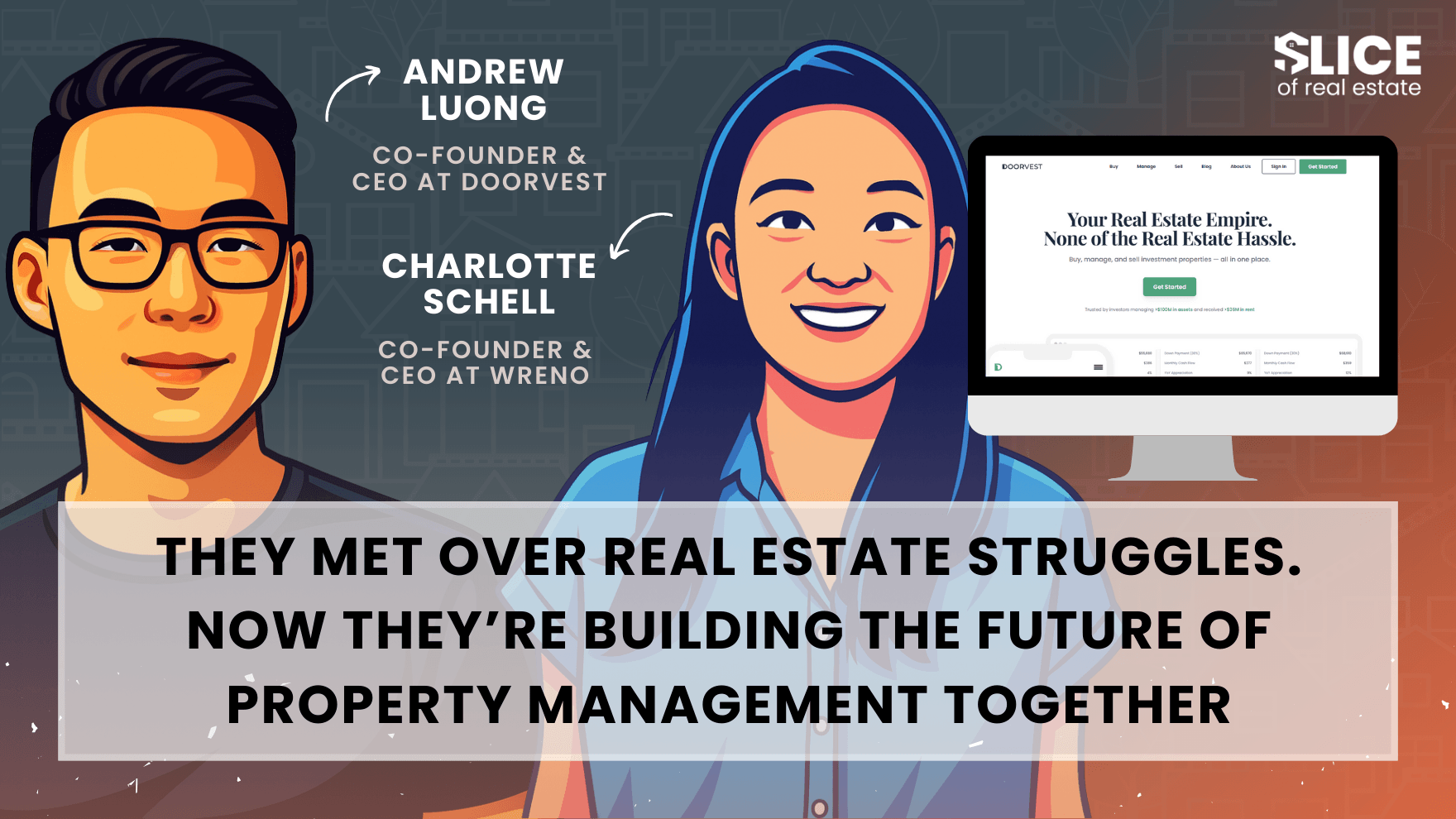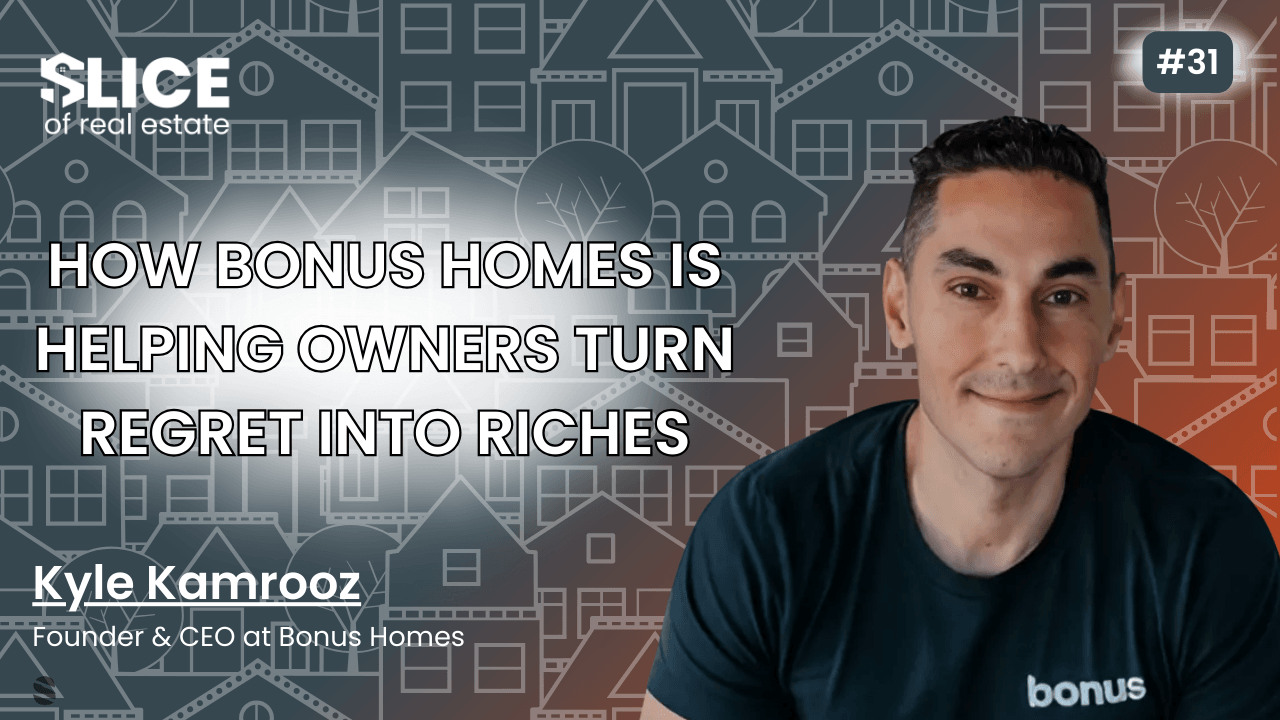
They Met Over Real Estate Struggles. Now They’re Building the Future of Property Management Together
Introduction
What happens when two founders who've traded battle scars over years of economic whiplash decide to actually build together? For Charlotte Schell and Andrew Luong, it’s a bet on turning hard-won lessons into a smarter way to manage homes, at scale.
Building a Smarter Back-End for Real Estate
Wreno and Doorvest are now officially under one roof. Their mission? To rethink property management for single-family rentals by combining Doorvest’s retail investor marketplace with Wreno’s vendor management and automation infrastructure. Instead of piecing together solutions, they’re stitching the full stack of home ownership, acquisition, and management into one streamlined experience.
Two Founders, Same Pain Points
Charlotte cut her teeth in Canadian real estate tech and digital marketing before stints at Zillow and Stanford. She co-founded Wreno to solve what she saw firsthand: a serious labor gap in institutional property services.
Andrew’s journey with Doorvest began as a way for retail investors to buy and manage rental homes online. Originally, it was all about matching one buyer to one home. But growth, along with shifting market winds, pushed the company to evolve fast.
Their paths crossed years ago. They stayed in touch not because of immediate synergy, but because they could be honest about how hard the journey was.
“ “He wasn’t here to tell an overly positive story,” Charlotte said. “I really appreciated that level of honesty… And the tactics he was using were extremely helpful.” ”
Why This Merge Made Sense, Now
This partnership wasn’t an overnight idea. But it came together in under a week once the timing felt right.
Doorvest was exploring a new strategy: buying existing property management companies to rapidly grow its customer base. But it didn’t have the operational infrastructure to support that kind of scale.
Wreno had the tech, the automations, and the playbook for managing vendor operations across geographies. What it lacked was a business model that could fully capture the upside.
“ “It only made sense as a looking ”
forward strategy,” Charlotte said. “Doorvest had the high-margin transaction model. We had the know-how.”
From Quarterly Check-ins to Daily Execution
Their deal was as much about trust as it was strategy. For years, they’d connected every quarter, sometimes just to share painful truths about layoffs, pivots, and survival.
So when the stars aligned, the decision to merge wasn’t driven by hype. It was, as Andrew put it, “trauma bonding meets strategic alignment.”
Who This Helps
The combined company now serves both ends of the real estate spectrum: institutional owners managing thousands of homes, and retail investors looking to buy and manage one or two. It’s especially relevant for those tired of juggling fragmented services or legacy platforms.
What’s Next
Their new focus? Scaling through acquisitions, backed by a robust fundraising engine. It’s high-stakes and high-intensity, but both founders have already lived through worse.
“ “We're basically running that on turbo charge all the time,” Charlotte said of the current pace. ”
Closing Thoughts
This wasn’t a fairy tale founder story. It was a slow burn. But it’s the kind of partnership that only happens when two people see the same future and are brutally honest about what it’ll take to get there.
Expert Insights
Share Your Expert Insights
Have relevant experience or professional perspective? Add your thoughtful insights to this article.



